Blog
Encalves II: Crossing borders (this time, it's international)
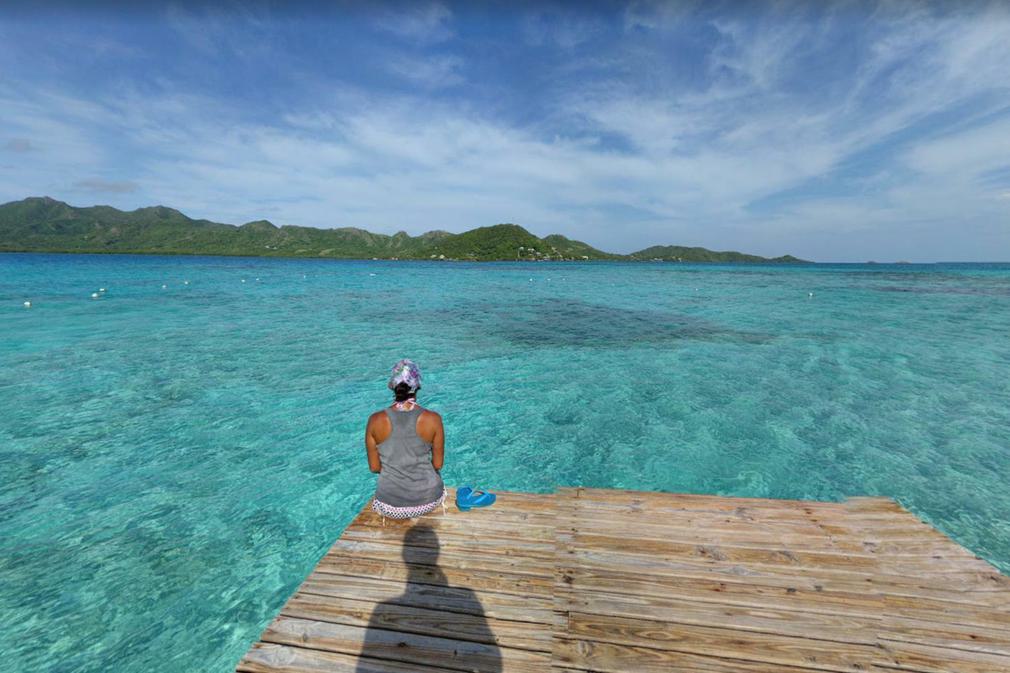
So here we go again.
I don’t know if one person emailing in to say that we’d missed out a bit of Spain over the border in France constitutes return by popular demand, but here we are back on the road, bouncing from one brilliantly bonkers backroad enclave to another, all in the name of achieving absolutely sod all.
Besides, I could hardly leave you staring at the kind of view where the passing of tumbleweed would make front page news. Not when we’re so tantalisingly close to a clutch of cross border enclaves, exclaves, overseas territories and lumps of useless rocks, squabbled over like the fiercest of custody battles.
So we’re going international, from the plains of Spain to the icefields of Patagonia, from diving with sharks in the Caribbean, to a hotel suite in London, where a Yugoslav prince once entered the world.
The good, the bad and the downright baffling in 15 eccentric enclaves.
Enjoy, and if you haven't read the first part, the below will make only marginally more sense if you do so.
Gibraltar
Belongs to: UK | Located in: Spain
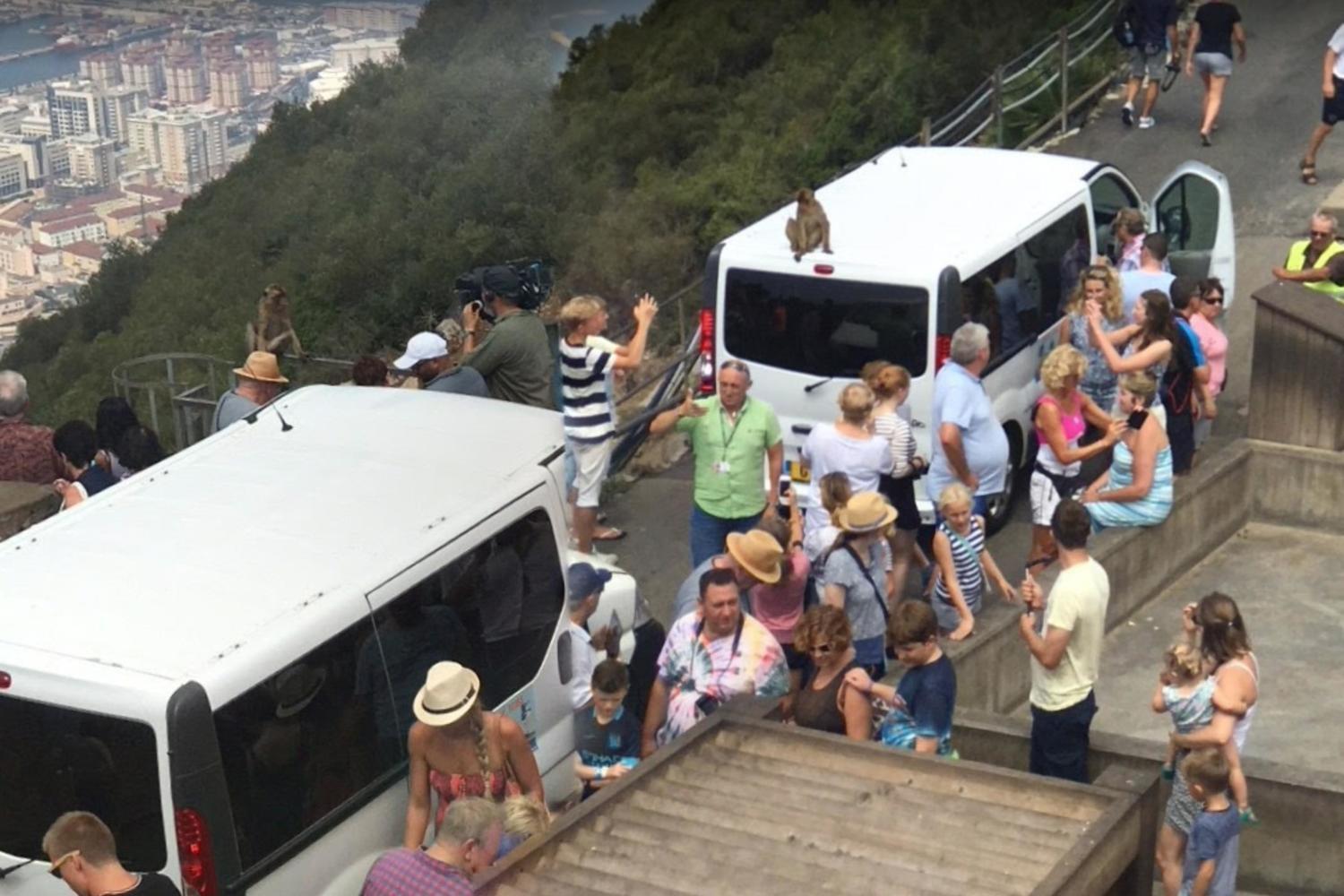
For a visitor to Andalucía, I’ve never seen the appeal of stopping in at this great gash of Great Britain. The idea of trading in peaceful white villages, grand Moorish palaces and relaxing walking trails for British pubs, busy beaches and tame monkeys is a baffling one to me. But being down an enclave rabbit hole presents the perfect opportunity to virtually poke my nose around and see what I’m missing.
If I’m honest, it’s not the best start. I mean, this could be any high street in the UK, right? Close one eye and stand back a bit and you could easily be on Corn Exchange Street in Cambridge. Nothing wrong with it per se, but hardly worth getting on a plane for.
Anyway, as I understand it, the thing to do in Gibraltar is to climb a big hill, look out over a sea port and look for the monkeys. So that’s what I did. But not before coming across this startling directive attributed to Sir Winston Churchill on September 2, 1944:
“The establishment of the apes on Gibraltar should be twenty-four, and every effort should be made to reach this number as soon as possible and maintain it thereafter.”
September 1944. Did he really have nothing more important to worry about in those days than the bountifulness of Gibraltar’s ape community?
Startling indeed. More worrisome yet is that the behaviour of 21st century tourists has prompted today’s local government to recently make it an offence to touch the monkeys, for fear they might contract covid-19. Then again, look at the photo above again. If anyone is in any doubt as to why Gibraltar isn’t somewhere we rush to steer people towards, that photo captures it neatly. It’s a wonderful advert for the next town along the road.
On the plus side, Gibraltar’s ‘Unlock the Rock’ slogan is possibly the best post-lockdown slogan I’ve seen thus far, even if it does have a hint of ‘Free the Weatherfield One’ about it. It’ll hold that title uncontested until one of the Asian countries realises that the word unleash is a near-rhyme of east, or the Big Apple eventually goes big on a ‘Uncork New York’ campaign, which would be an absolute belter if only there were a vineyard or two within a grape’s throw of Times Square.
Ceuta
Belongs to: Spain | Located in: Morocco
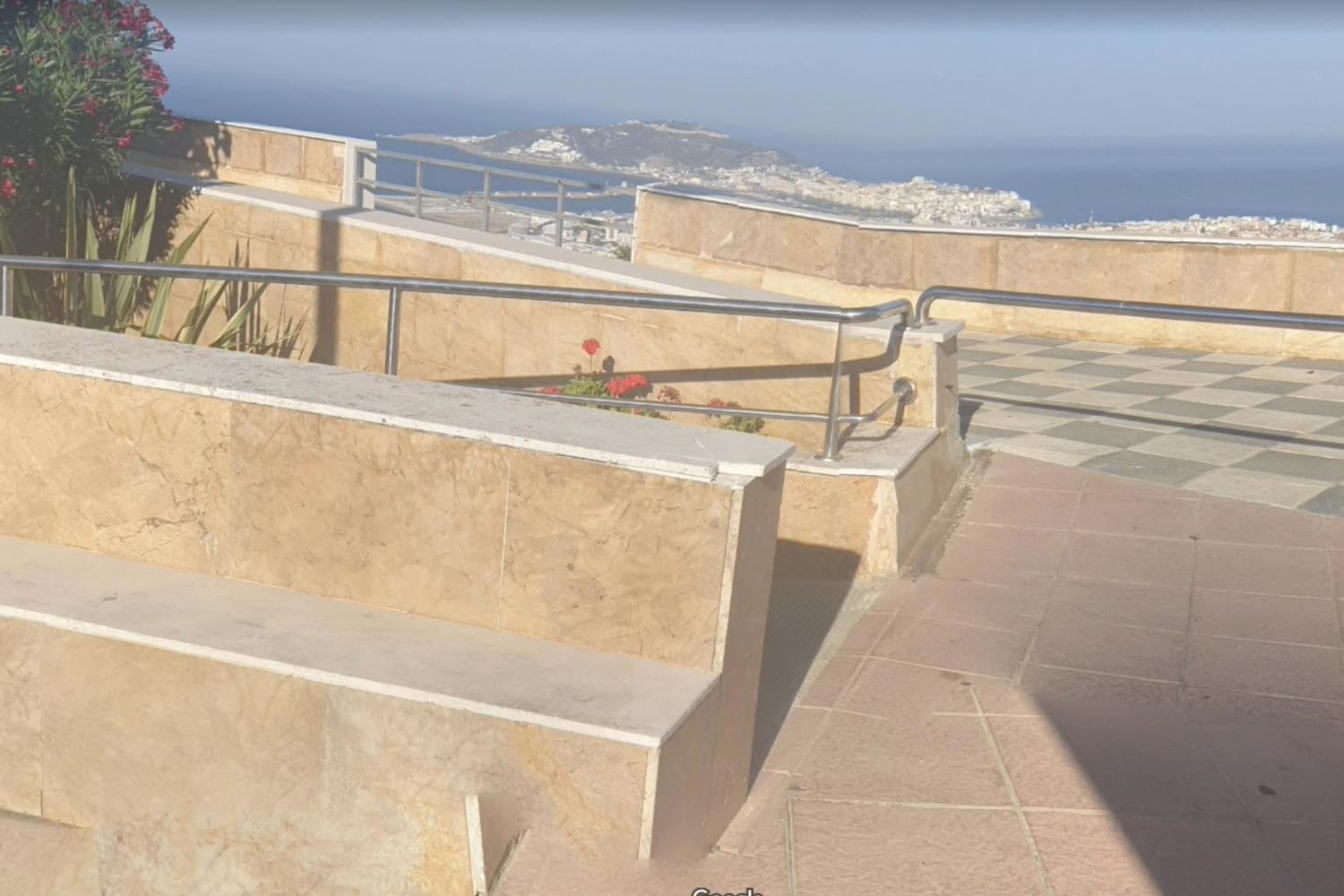
Hopping across the Straits of Gibraltar brings us to unchartered enclave territory. Welcome to Africa. Except we’re actually still in Spain.
Now, the combination of Spain and Morocco should produce wonderful effects. It’s like asking Frank Gehry and the late Zaha Hadid to collaborate on designing your house. Blending Arabic and European influences has previously given us mudéjar masterpieces such as Seville's Royal Alcázar and elevated other palaces from Almería to Zaragoza.
The closest I could get to this in Ceuta is this reasonably attractive mezquita door. In fact, that goes into the top 3 things I found in Ceuta, along with a tiny former women's prison on a little beach and a clothes shop called ‘Lefties’ that I thought for a moment might specialise in clothes for left-handed people like me. It doesn't though, and I haven’t since worked out if my kind are in any way disadvantaged by the current design of socks and t-shirts like we are with fountain pens and scissors. The intriguingly-named Pantano del Infierno - Swamp of Hell - was disappointingly lovely.
I did enjoy the efforts of one local Google contributor who, when faced with a panoramic viewpoint over the ocean and surrounding countryside, instead focused their attention on capturing the car park and the intricate details of the stone walls, leaving the view tantalisingly out of reach. If you’re interested, their other efforts include this disorienting beauty and this premium view into a building site. If you have any idea why this is happening, answers on a postcard please.
Peñón de Vélez de la Gomera & Peñón de Alhucemas
Belongs to: Spain | Located in: Morocco
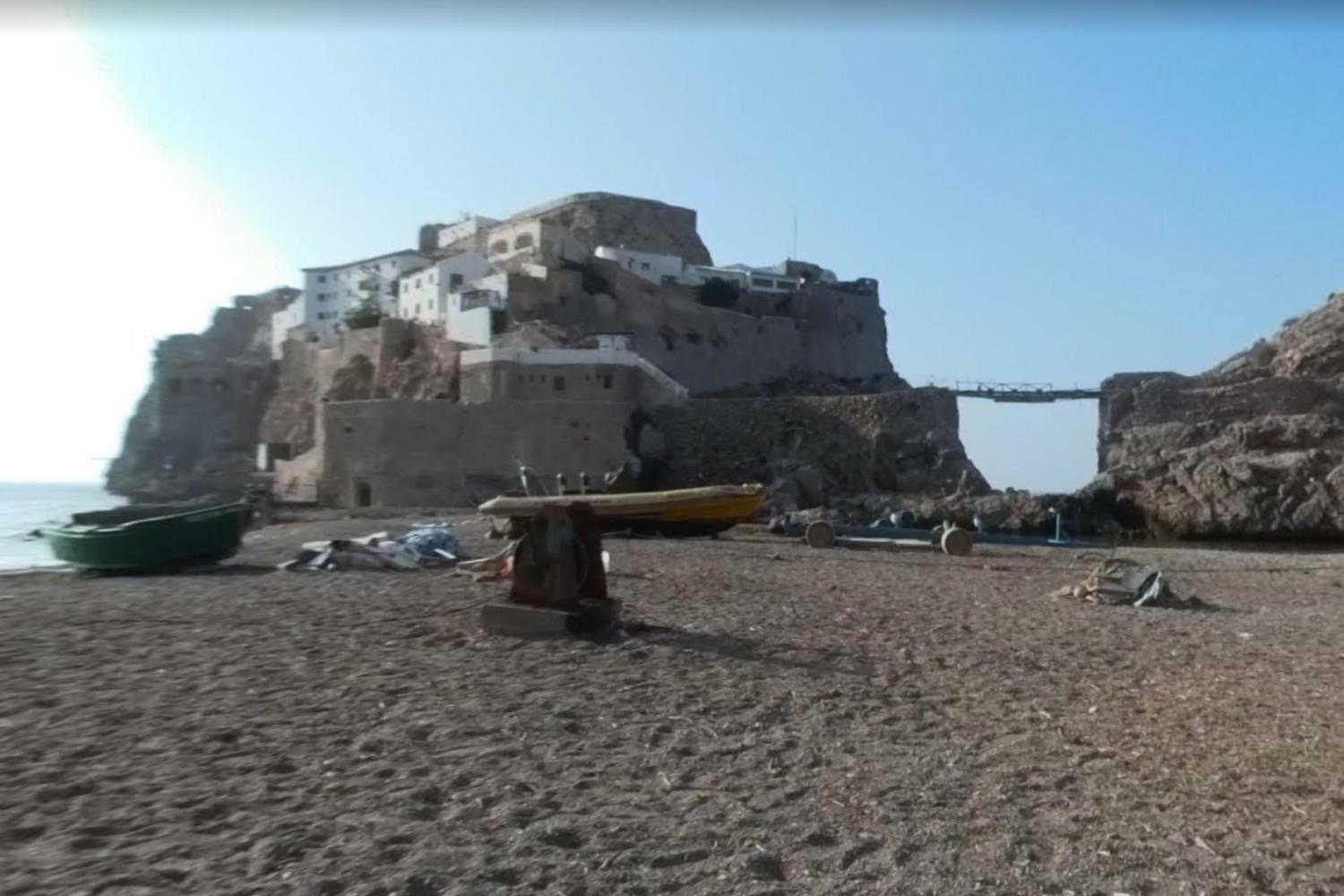
This is where it gets interesting.
For two countries so naturally and abundantly blessed as Spain and Morocco to be arguing over these lumps of land, including the world's shortest single land-border, is tantamount to two art collectors having a bit of argy bargy over a five year old’s latest Crayola masterpiece when they’ve got Van Goghs and Monets hanging in their homes.
But these ‘lumps' have a fine tradition of squabbling, having passed through the hands of pirates, seafaring Spaniards, Moors, Ottomans and back to the Spanish. Or, to put it more poetically, as a Tripadvisor review does: “El Peñón de Vélez de la Gomera is a unique place, where if the stones were to speak, the rest would hush their voices to listen.”
Utter nonsense. But then again, back in the old days it turns out people used to travel a whole week, under their own free will, along the coast on a steamboat from Melilla (coming up next) to visit these little enclaves. So maybe we’re missing something.
Melilla
Belongs to: Spain | Located in: Morocco
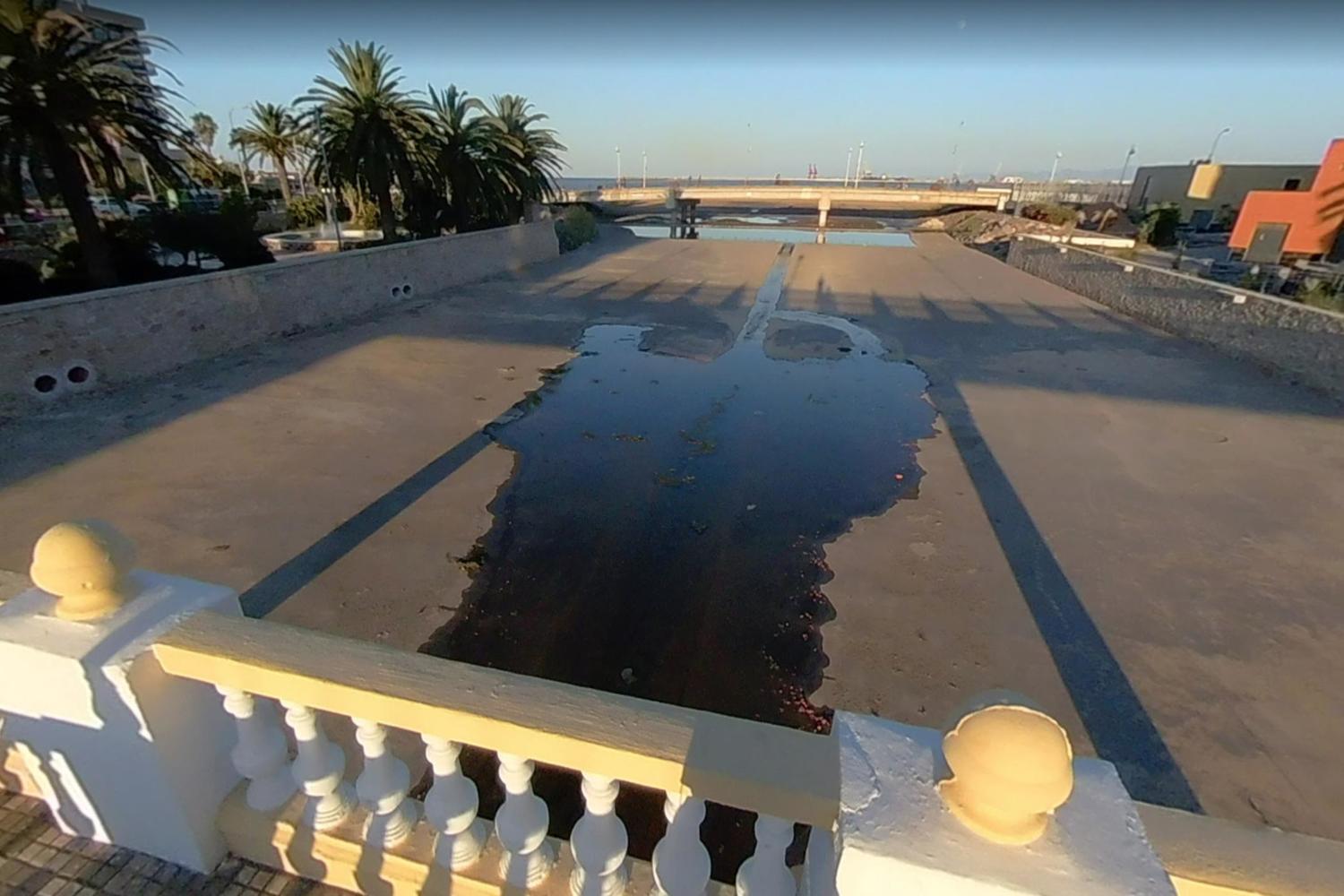
Let’s face it, these enclaves are doing neither Spain nor Morocco any favours. It’s like mixing a fine Merlot with a vintage Rioja and getting Irn Bru.
I’m sure it has its redeeming features, but if that is what you call a Jardin de Agua, I've seen enough. Time to jump across the big pond and see what we can find in Latin America.
Serrana Bank & Quintasueño
Belongs to: Colombia | Located in (off of): Nicaragua
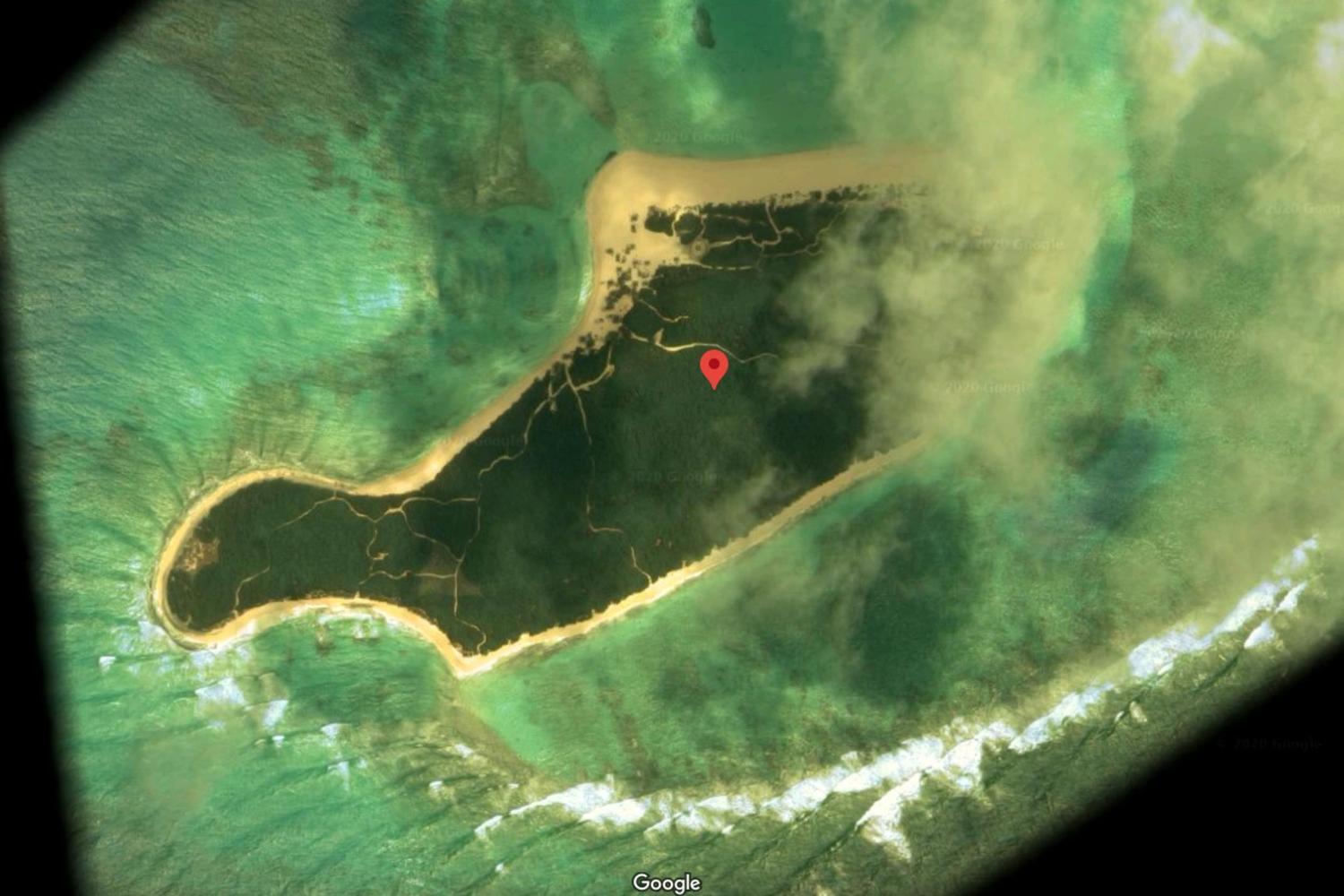
Well this is different. We’re a long way from those middle-of-nowhere dusty villages of rural Spain now.
Looks nice doesn’t it? I half expect to see a beloved British celebrity down there, marooned with their Desert Island Discs cursing Kirsty Young or Lauren Laverne as they try in vain to spear something for dinner with a tree branch. As far as I can tell, Quintasueño is basically just water, which marks a first on our enclave-hopping voyages, but doesn’t give us much of a foothold to have a look around. Let’s keep moving.
Isla de Providencia (San Andrés archipelago)
Belongs to: Colombia | Located in (off of): Nicaragua
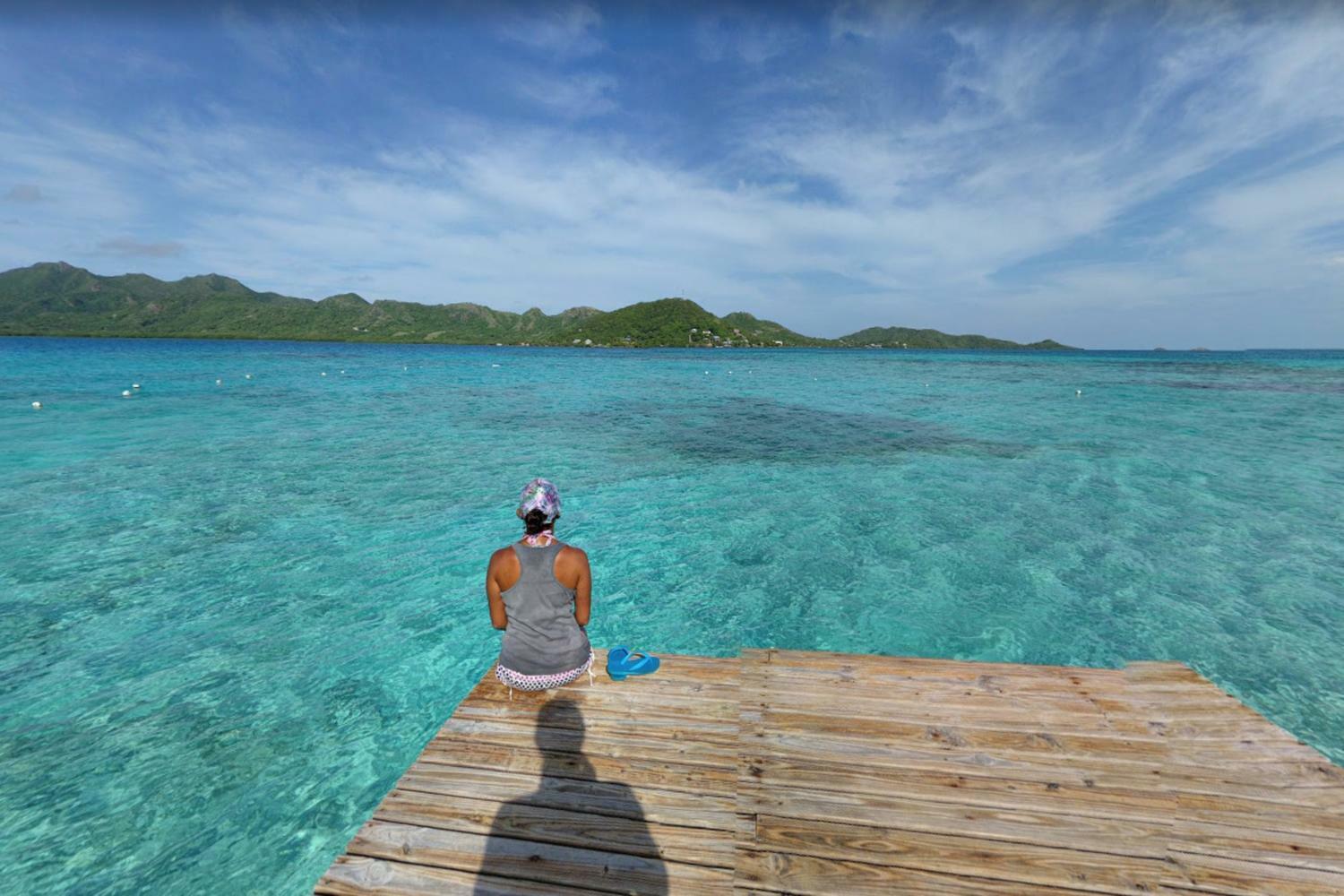
Oh yes. This’ll do. Tell me that you wouldn’t fight for every last rock of this place.
I’m generally not one for being cooped up on a little island like this, but I could be perfectly happy here for a day or two.
I think I’ll awake for a leisurely breakfast of fresh fruit and coffee at the Posada Sunrise View, go for a morning dive with Felipe and the sharks in the Sea of Seven Colours (though I think he’s selling himself short with that description) and tuck into the black crab which comes highly recommended at Aydana’s Place. I’ve no idea if Luigi’s corn-flavoured ice cream is worth crossing the island for, but let’s do it anyway.
Isn’t it great when you’re on first name terms with the owners before you even walk in?
The afternoon can be given over to a paddle on the beach and a good hike up to The Peak, then back down to the Lighthouse Cinema to watch the sun set, and whatever documentary they want to treat us to.
That’s what I call an enclave.
Laguna Los Portillos
Belongs to: Nicaragua | Located in: Costa Rica
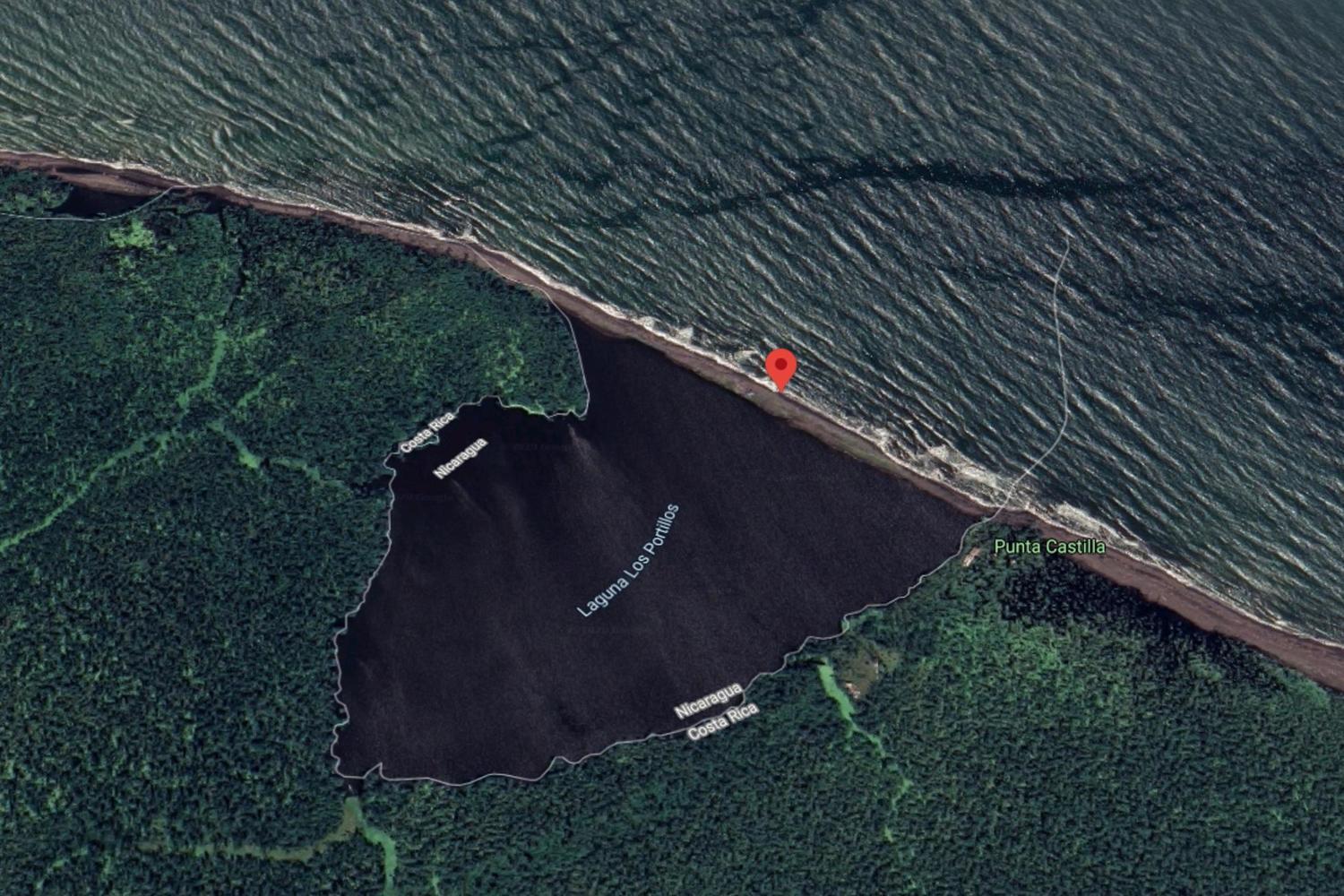
Nicaragua has its own mega-lake, the biggest lake in Central America in fact. By comparison, Laguna Los Portillos is a mere puddle after an afternoon rainforest downpour. So drafting in the heavies from the International Court of Justice to rule over a dispute between them and Costa Rica is an exercise in making somewhere wonderfully beautiful and wild seem so utterly tedious.
Please stop it. There’s more than enough jungle and water to go around.
Copacabana
Belongs to: Bolivia | Located in: Bolivia, actually
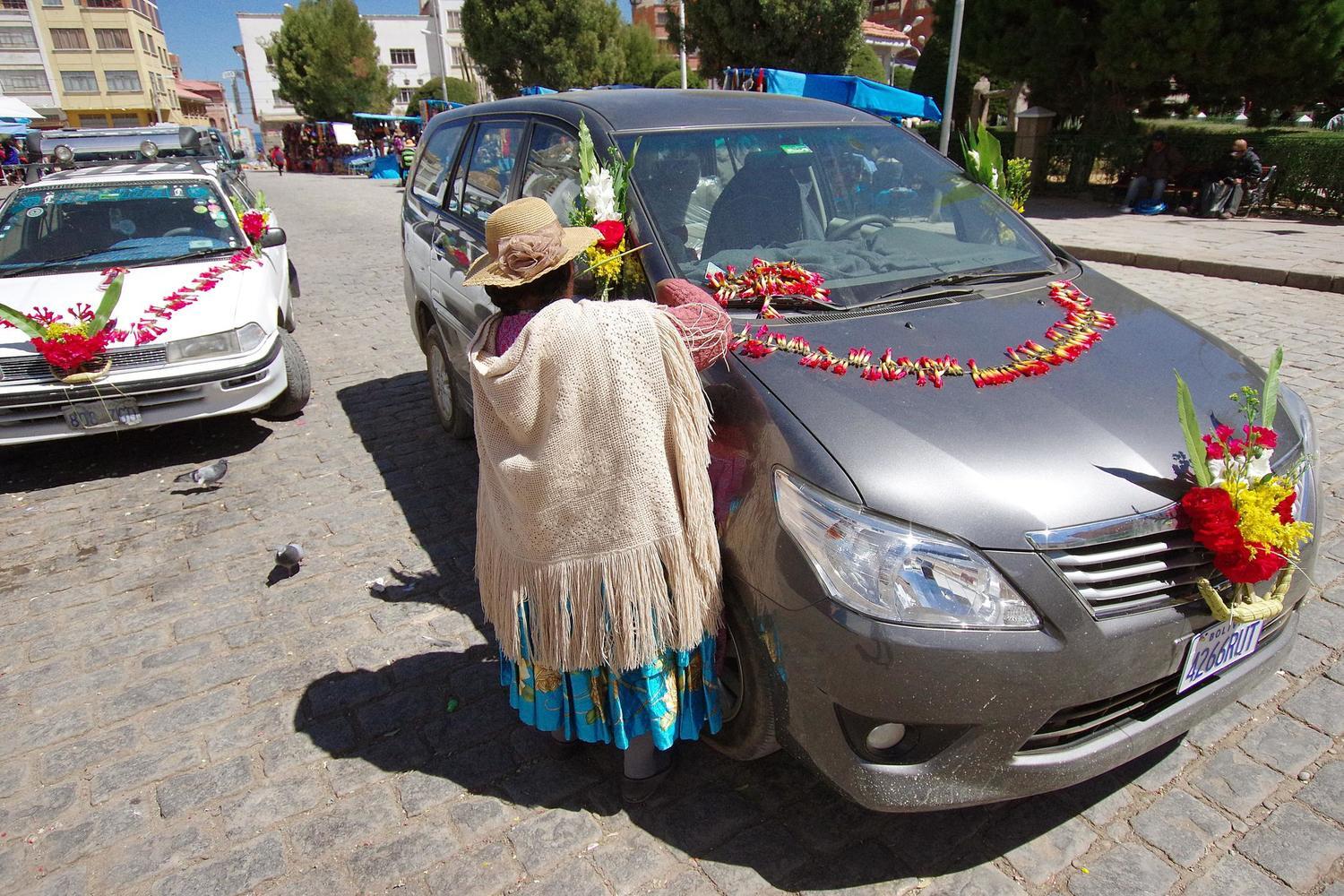
Ok I know this one is bending the rules a bit, chiefly in the sense that this bit of land is actually in the country it belongs to, but hear me out. There’s two reasons, no three actually, why I wanted to include Copacabana (please stop thinking of tanned Brazilians and humming the Barry Manilow song - you’re in the wrong place).
Reason number one is that what we have here, for all you enclave geeks out there, is a pene-exclave. The more immature amongst you might be snickering at this point, but for the benefit of the rest of you: “a pene-exclave is a part of the territory of one country that can be approached conveniently — in particular by wheeled traffic — only through the territory of another country” (source: Wikipedia, obviously). So that’s a new frontier for our enclave endeavours.
Second reason is that, I think for the first time in these meanders, this is somewhere I’ve actually been in real life. And I did so without ever noticing that I was entering into a pene-exclave, even as we ‘conveniently’ wheeled our way from Peru into Bolivia.
And the third reason is that the town has some rather lovely local customs. There’s the blessing of cars outside of the church pictured above, which involves them being decorated with flowers, pennants and hats, sprinkled with holy water by a priest and doused in champagne by the owner, thus guaranteeing a future free of blown gaskets.
Even more remarkable is the act of purchasing small items representative of future dreams - a house, a new car, wads of money and even a husband or wife - from the local market. These items (basically toys) are then blessed and pinned to miniature models of the Aymaran God of Abundance, who is then soaked in alcohol and has a lit cigarette placed in his mouth - presumably before he then spectacularly goes up in flames.
Isla Apipé & Isla Entre Rios
Belongs to: Argentina | Located in: Paraguay, sort of
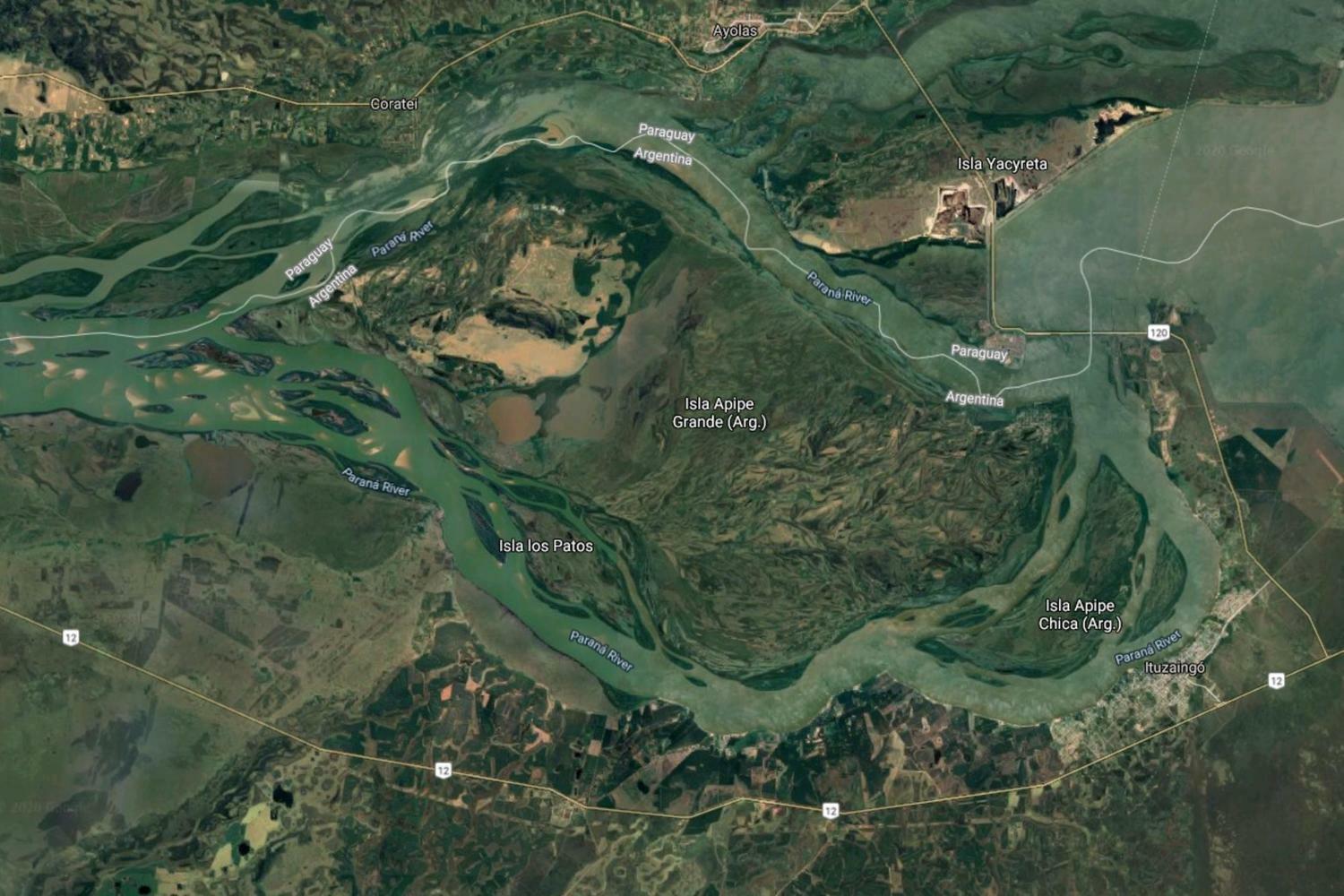
Time for a quick reminder. When is an enclave not an enclave? When the place is located within the borders of the country it belongs to, it is absolutely not an enclave. Buenos Aires, Andalucía, almost certainly the place you are sat reading this now and almost every place in every country in the world, are all examples of not-enclaves.
But if that place is surrounded entirely by water owned by your neighbour, then it turns out you are an enclave after all, despite the river being the one doing the encroaching.
Confused? Let’s say your neighbour builds a big pond in their garden and stretches a good deal of it into your property. If you then go and build a mudpile in the middle of said section and crown it with a garden gnome, your ceramic friend is now the mayor of his very own enclave, even though it’s still in your garden.
All of which explains the appearance of Isla Apipé and the descriptively-named Isla Entre Ríos (Island Between Rivers) on this list. Some would have you believe that the former is the biggest enclave in the world, to which I suggest that Mr Krogh has never been to Rincón de Ademuz in Spain.
Thrillingly, we can actually set down on the latter island. Less thrillingly, this is the view.
Martín García Island
Belongs to: Argentina | Located in: Uruguay
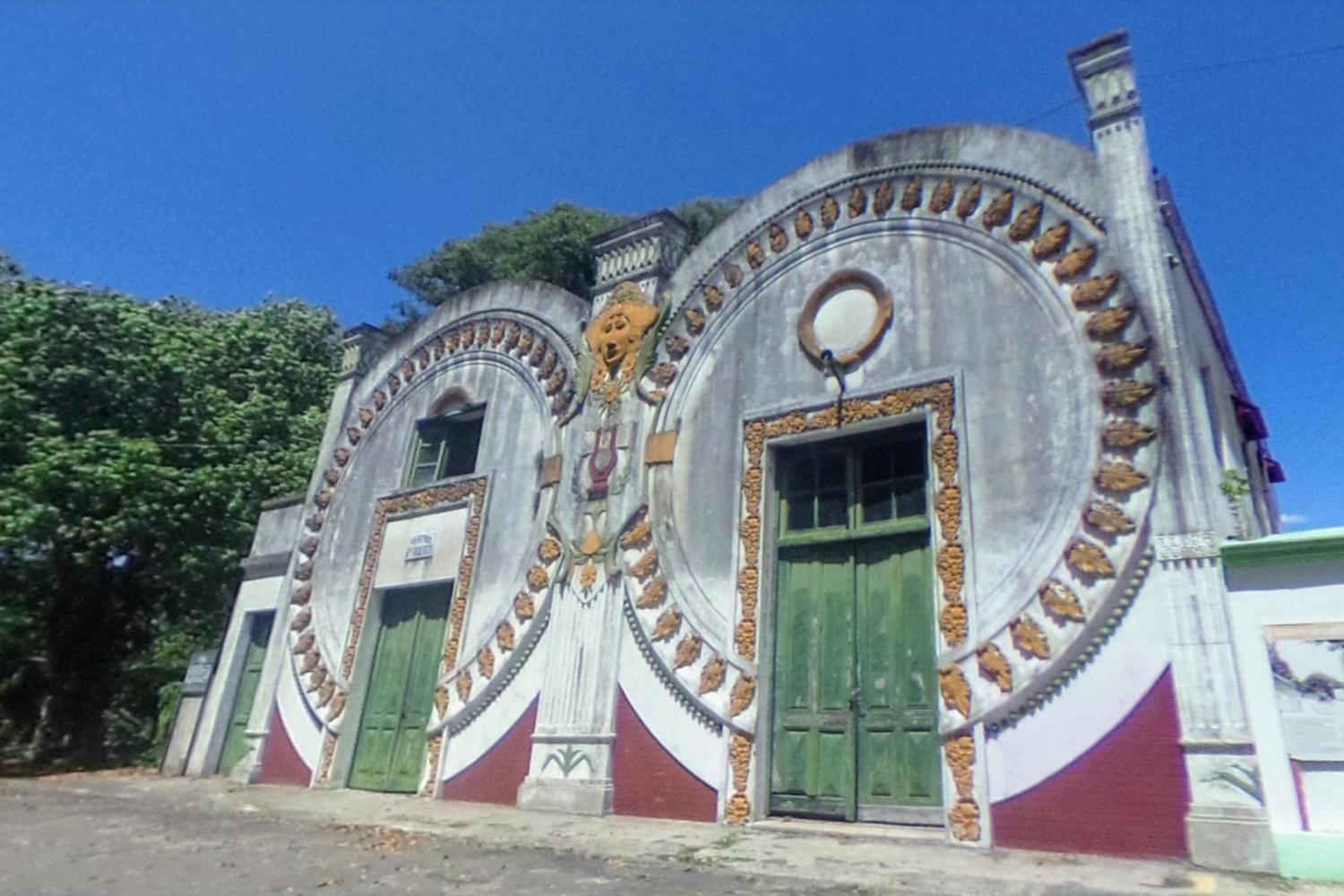
More mid-river Argentine shenanigans and a welcome return to the good old days, when enclaves used to be little lumps of land marooned over your neighbour’s garden fence.
You can actually visit this particular lump of land on a day trip from Buenos Aires. Whether it’s worth a whole day of your holiday is debatable at first glance, but let’s be objective and see what the reviewers say.
The five-star reviews describe the island as “beautiful”, “historic”, “special” and “ok”, the latter rather misjudging the concept of a star-based system. Another remarks, positively I believe, on the quantity of cats, whilst a Mr Horacio Vega channels the previously seen spirit of Peñón de Vélez: “each stone has its history. It is not an island. It is a living book of our history and our culture.” Hyperbole aside, it’s a genuine question as to whether it’s an island or not, given that the half of the land is owned by Uruguay.
At the other end of the scale are the one-star reviews, which describe it as “boring”, “depressing” and “disappointing”, along with a Uruguayan asking for the land to be returned to them and a two-star review complaining of the absence of Street View. That last one chillingly glimpses into a future no one wants to live in, where reviews are based solely on the virtual experience Google can offer us and where people have the time and volition to go poking around these backwaters on the internet.
Colonia Dignidad
Belongs to: Chile | Located in: Chile
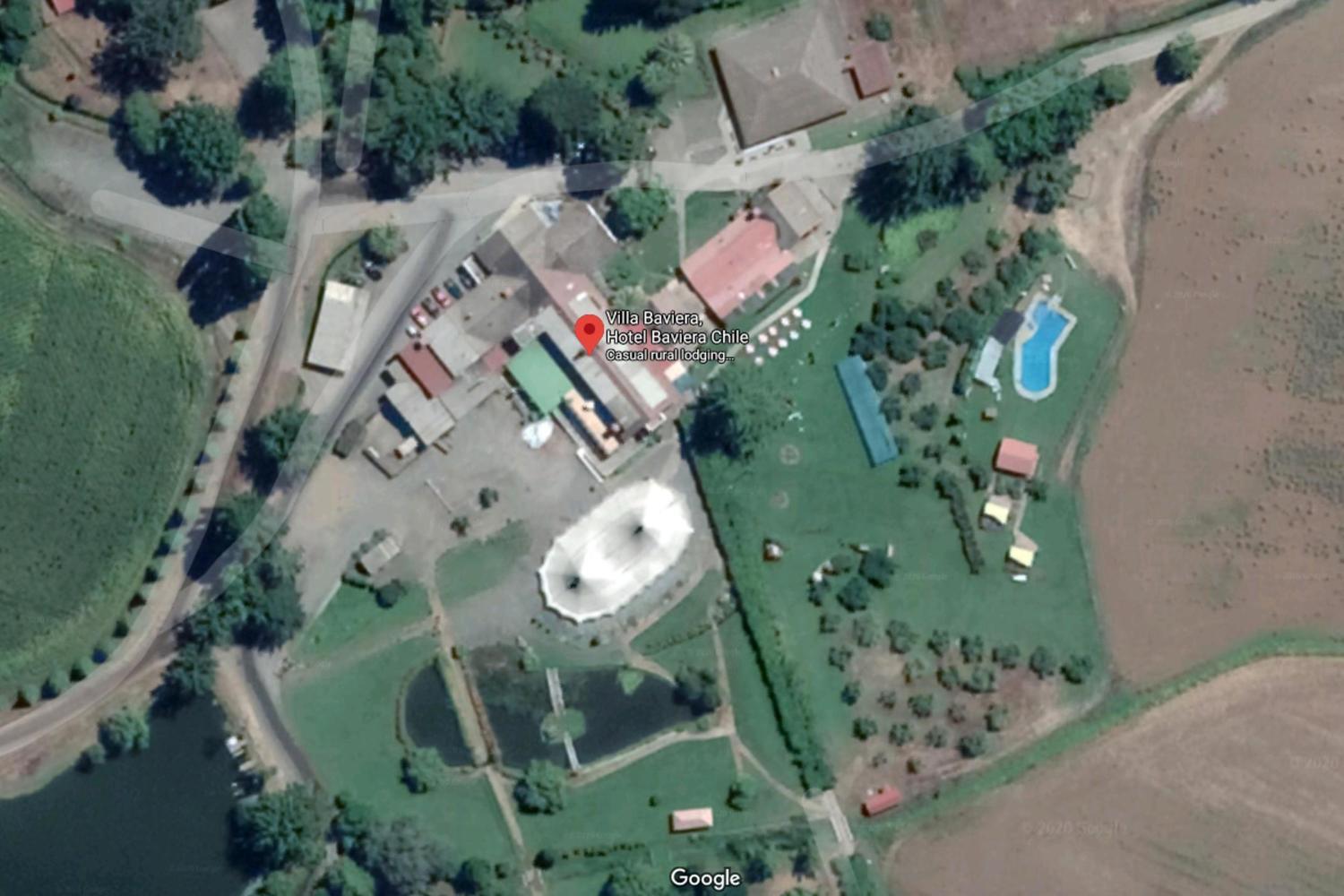
Sorry to lower the mood, but when you start digging around for enclaves, you turn up all sorts of stones that you can’t readily ignore.
“Colonia Dignidad was an isolated colony established in post-World War II Chile by emigrant Germans, which became infamous for the internment, torture, and murder of dissidents during the military regime of General Augusto Pinochet.”
Which makes it a rather odd place to go on holiday in the 21st century.
Patagonian Icefield
Belongs to: no-one | Located in: Chile & Argentina
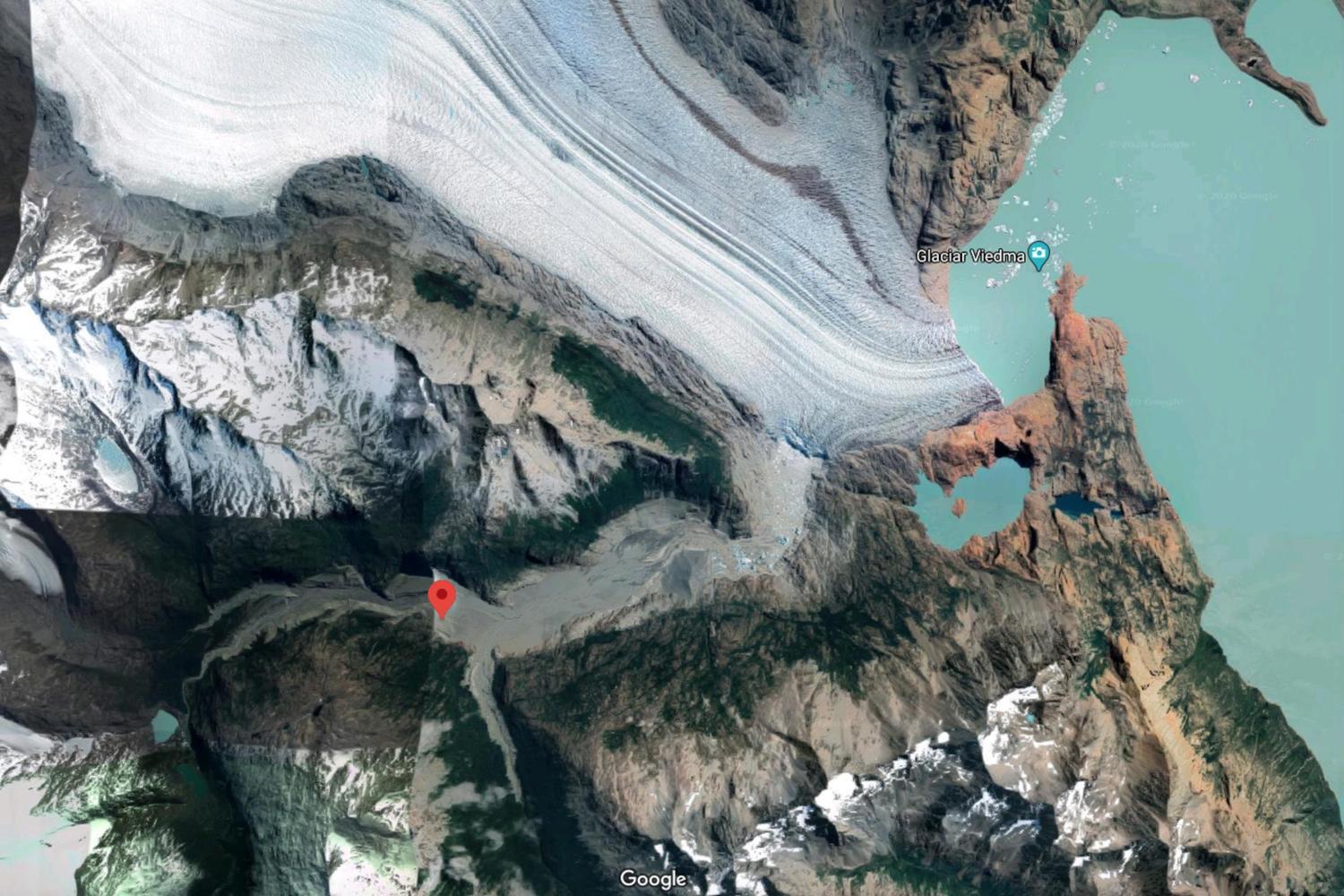
I never knew until today that there is a pretty good chunk of the Patagonian icefield going spare. But the border between Chile and Argentina blurs to the point of non-existence here. Whilst the vast majority of the boundary was settled in an 1881 treaty, they never did get round to fixing exactly where the 31 mile section next to Lake Viedma would run. In 2006 the Argentine government even suggested Chile draw the border, an invitation to which they didn’t get a reply from Michelle Bachelet.
Granted, it’s not a huge amount of use to anyone, what with it being covered in impenetrable ice, but if you’re down that way, skirting around Lake Viedma en route from El Chalten to El Calafate perhaps, why not plant a flag in the ground, claim it for your hometown and see what happens?
Also, how good does the Viedma Glacier look from above? An artists’ sweep of a brush snaking down into the turquoise waters of the lake. Beautiful.
Falkland Islands (Islas Malvinas)
Belongs to: UK | Located in: South Atlantic Ocean
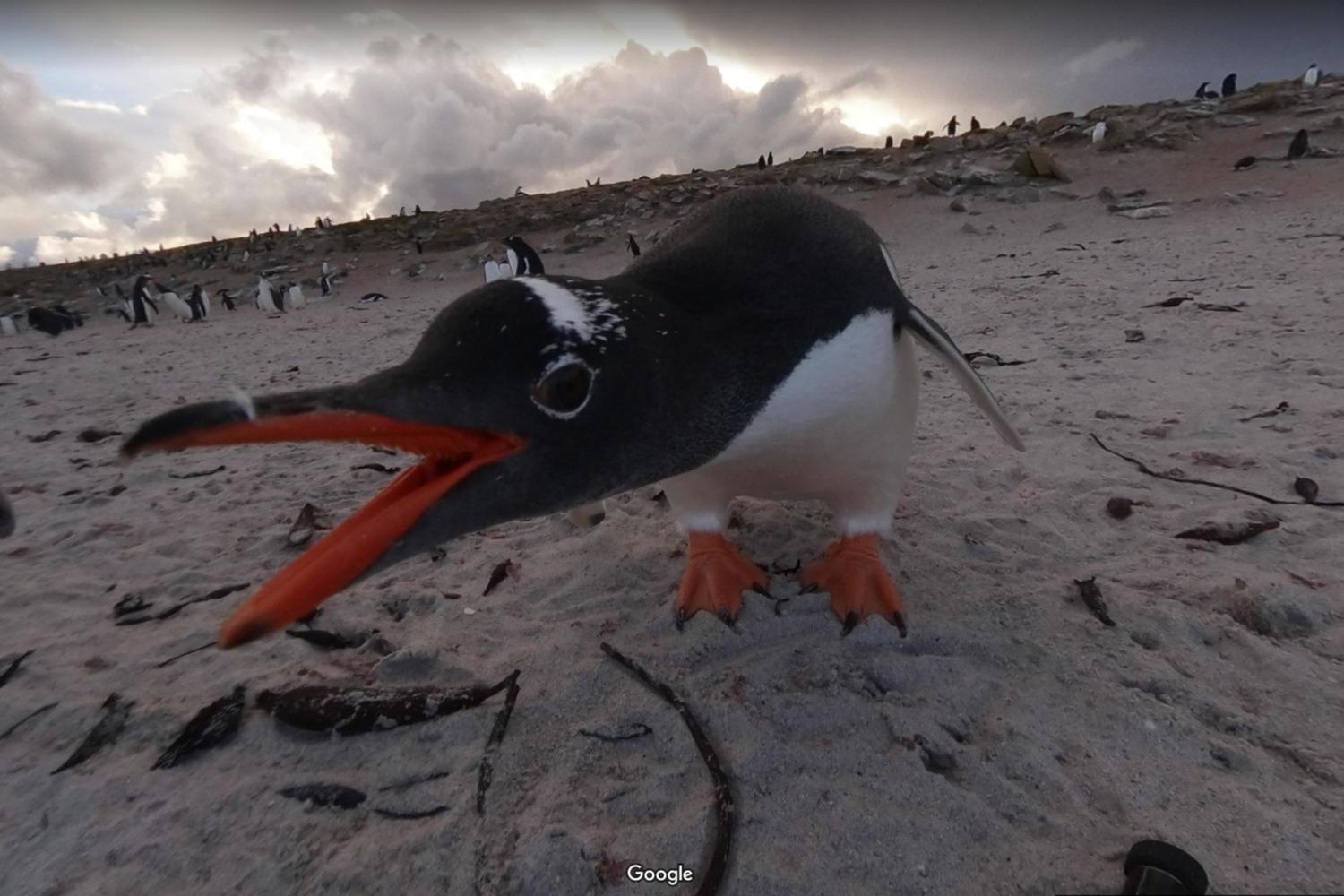
Where to start with the Falklands, a political hot potato if ever there was one? Nationalism aside, I think the most important thing we can all do here is to doff our caps to Peer Linder for creating what is surely one of the best Google ‘spheres’ of all time.
Outstanding work Peer.
For somewhere so well-known and well-serviced by Antarctic cruises, there’s not actually an awful lot to see on Google down here. No one has captured for prosperity the intricacies of ‘Large Island’, which ironically is one of the archipelago’s smaller islands. We cannot land at ‘Adventure Harbour’, which promises a lot, nor at ‘Lively Island’ which promises even more. Even ‘Pleasant Island’ won’t let us in. Frustrating indeed, but congratulations to the head of the Falkland’s naming committee for a job very well done.
We are though able to hop into a zodiac and join some red-coated explorers on a walk around Carcass Island, which looks like a cross between a whale and a swordfish from above and happily is far nicer than its gruesome name suggests.
Llívia
Belongs to: Spain | Located in: France
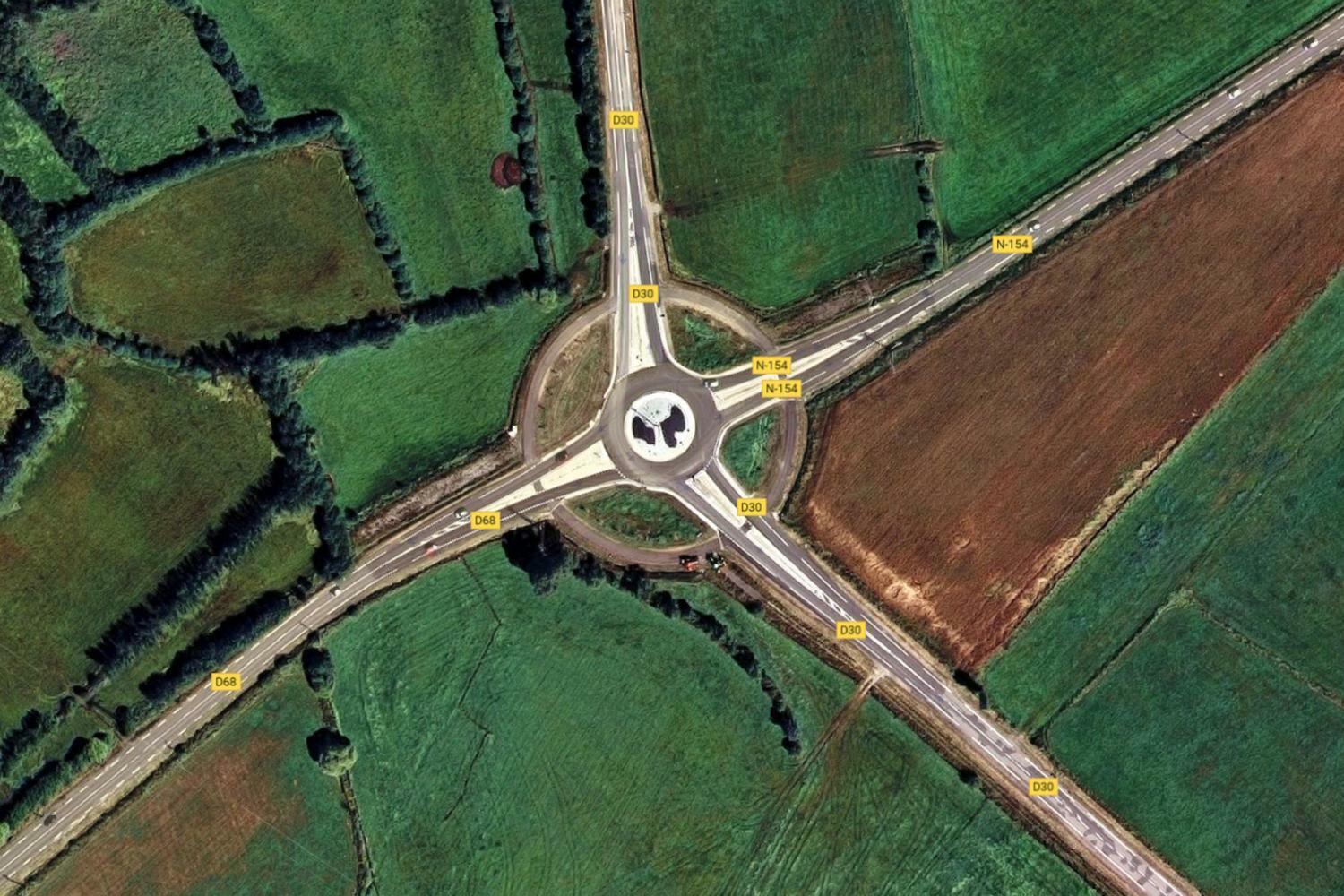
And just like that we’re back in Spain. Well France technically, but you get the idea by now. There's only one left after this, so savour them please.
In truth, this one deserves its own article - is it 24-carat enclave gold. The standard bearer for what a cross-border enclave should look like.
The village itself is, as we’ve come to expect, nothing to write home about. And the enclave is located tantalisingly close to the motherland, just out of reach thanks to the 1659 Treaty of Pyrenees, in which 33 villages were ceded to the French, but which didn’t quite notice that Llívia was classified as a town, so stayed Spanish.
Llívia is connected to the nearest Catalan town over the border, 7 kilometres away, by the N-154 highway. As part of the treaty, Llívia claims that it was granted a right of access to the rest of Spain, giving them priority over the French as they make this journey. That’s important because the ‘Spanish’ road is intersected at two points by French roads; the large N20 highway and the small D30 backroad.
But the French were having none of it and went so far as to put up stop signs to force the Spanish drivers to stop at the intersections. Llívia took them down, before the French put them back up and stationed guards next to them. All the while you have a lot of steel and glass being driven by increasingly nationalistic drivers across some very busy crossroads.
The potential for disaster was high and finally reason had to prevail. An overpass for the N20 was thrown up in 1983, but we had to wait until 2001 for a roundabout to thread the D30 across the highway’s path. Whether it solved the problem or not is unknown.
Road access is but one inconvenience for the downtrodden people of this little enclave. Getting a reliable source of water is another, something they’ve been waiting on help for from Madrid for over 40 years.
But it does have its advantages - the 2017 Catalan referendum went ahead free of pressure from Catalan police because, it seems, crossing into France to disrupt the vote wasn’t a good look. Even when the internet mysteriously cut out, the show went on and Llívia voted overwhelmingly in favour of independence. Something else it’ll have to wait at least another 40 years and more for if it's left to Madrid.
Suite 212, Claridge's Hotel
Belongs to: UK (well, Claridge's actually) | Located in: Claridge's
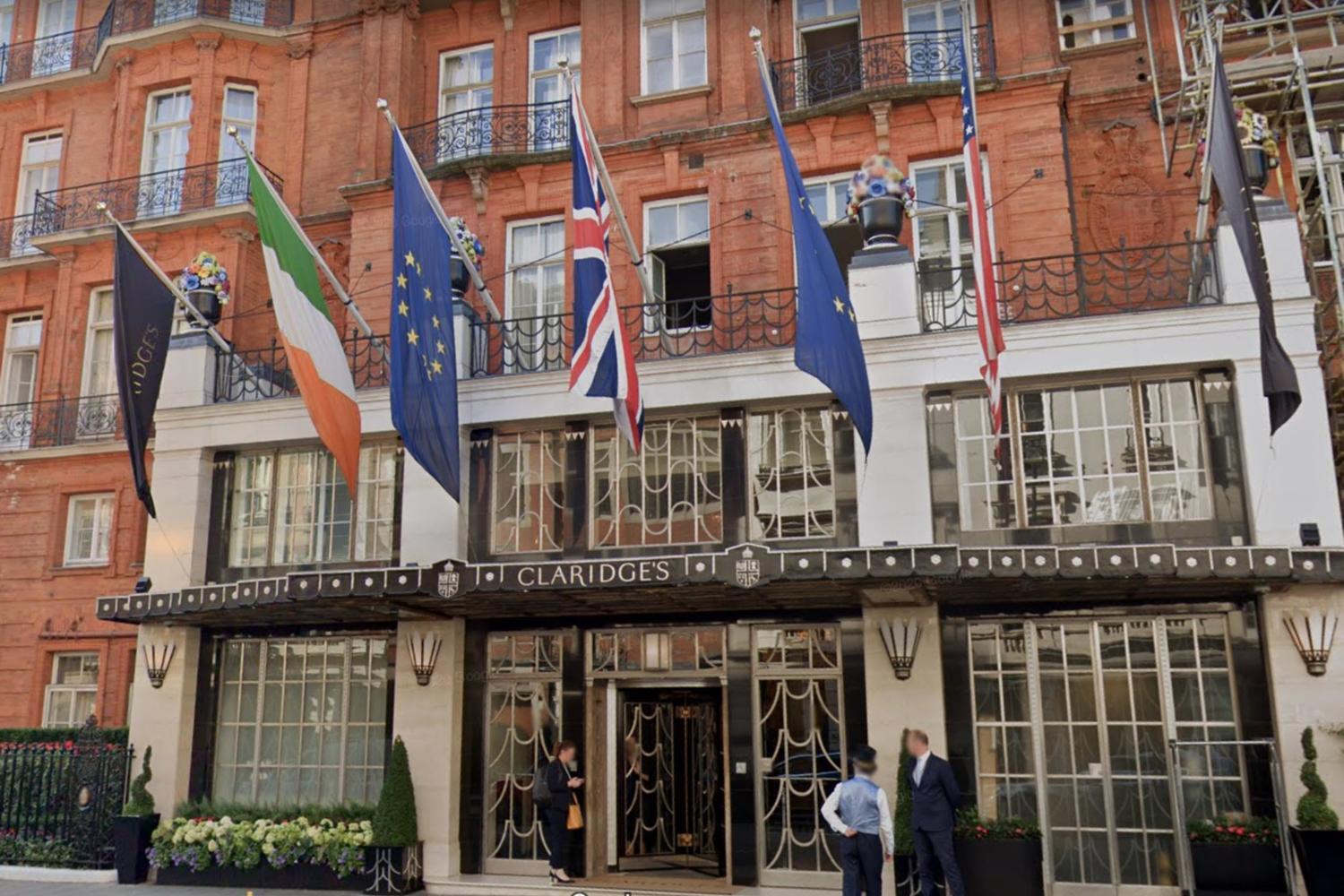
Let’s finish up a little closer to home, with an enclave to end all the enclaves (unless they find a bit of Venus marooned on Mars).
It’s a story plucked from post-war Britain, a story of Yugoslav nobility fleeing persecution, of a Prime Minister in the final days of a never-to-be-forgotten premiership and a London hotel renowned the world over. It’s a story that, even to this day, is shrouded in a thick cloak of mystery and Churchillian cigar smoke.
Did Sir Winston Churchill, that great protector of Gibraltar apes, really declare Suite 212 of the Claridge’s Hotel to be temporarily Yugoslavian so that the Crown Prince Alexander II could be born on home territory?
Claridge’s website is adamant he did. The BBC are less convinced. I prefer not to let the truth get in the way of a good story on this occasion, a story which has a further twist in the tale might I add.
From the BBC:
“Having abolished the monarchy in late 1945, Tito's government stripped the royal family of their Yugoslav citizenship on 8 March, 1947, confiscating their property in the same decree. In Crown Prince Alexander's teens, an 18th Century law was used to make him a British subject.”
Interesting yes, but there’s more..
“But after Slobodan Milosevic left office in 2000, the new government of Yugoslavia reached out to the royal family and reinstated their Yugoslav citizenship. The ceremony took place on 12 March 2001”
Ah, but where I hear you ask...
In Suite 212 of the Claridge's Hotel, London, of course.
Brilliant.
So there you go, all’s well that ends well.
Thank you for reading and I do hope it was worth it. But if any of you find any other enclaves, exclaves or wandering bits of land kicking around this or any other planet, please do keep them to yourselves. I’m not sure I can take much more of this.
.
The Pothole is Pura Aventura's popular monthly email. We share what we love, what interests us and what we find challenging. And we don't Photoshop out the bits everyone else does. We like to think our considered opinions provide food for thought, and will sometimes put a smile on your face. They've even been known to make people cry. You can click here to subscribe and, naturally, unsubscribe at any time.






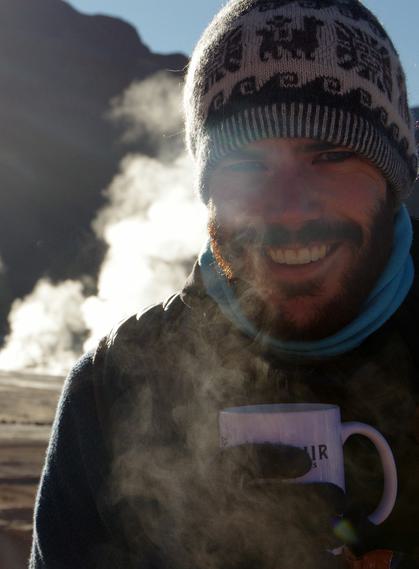
 By
By 

